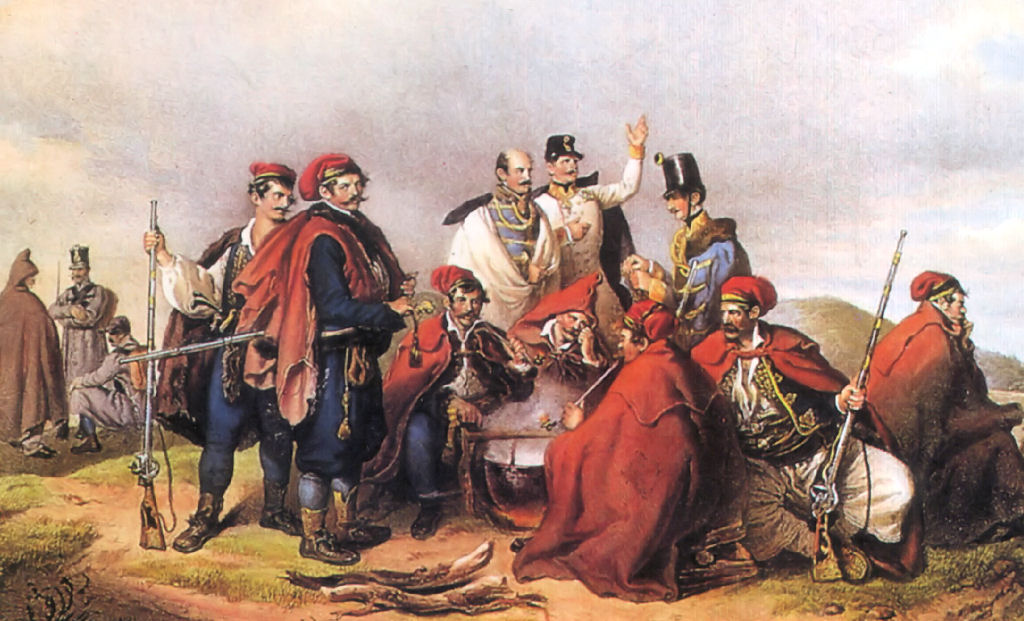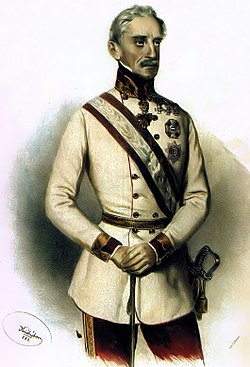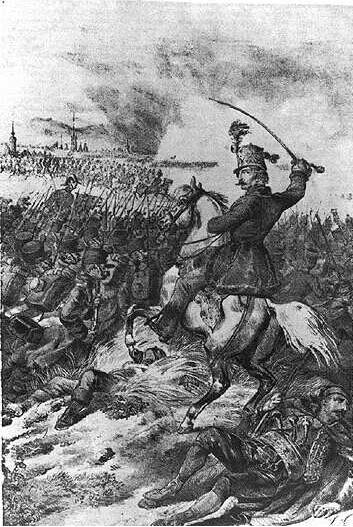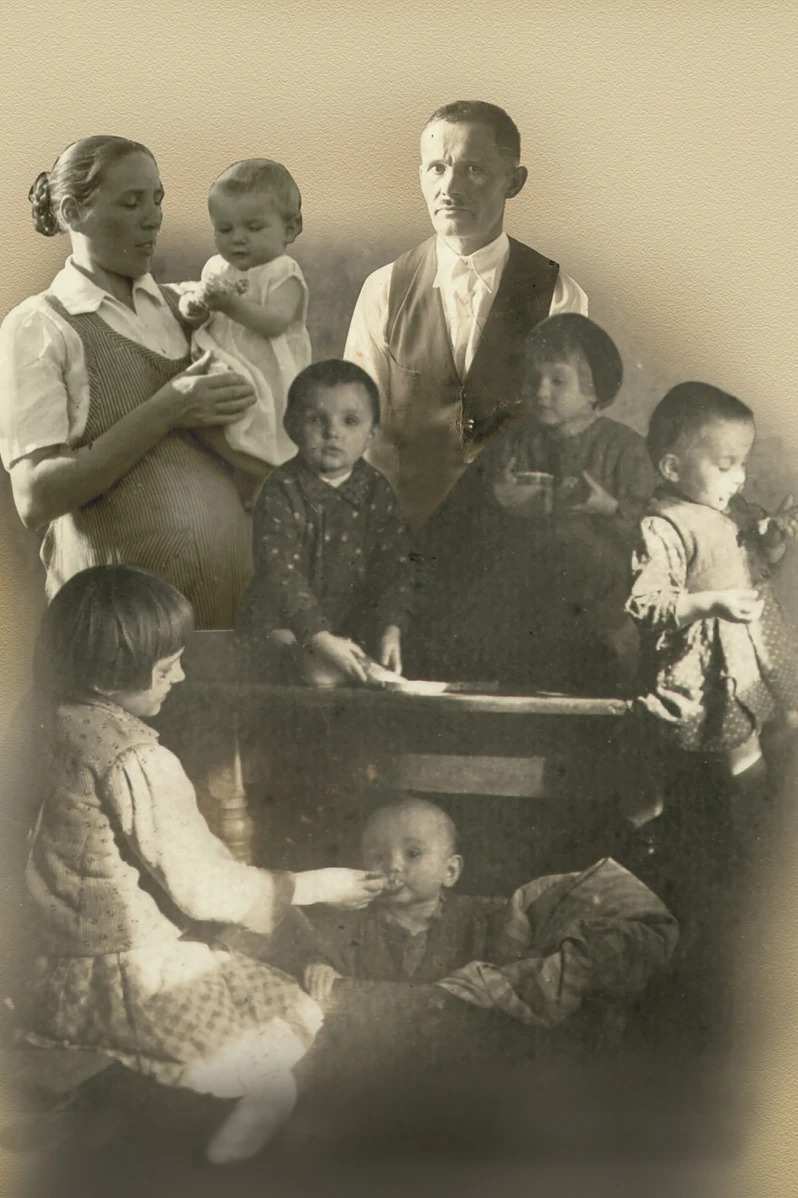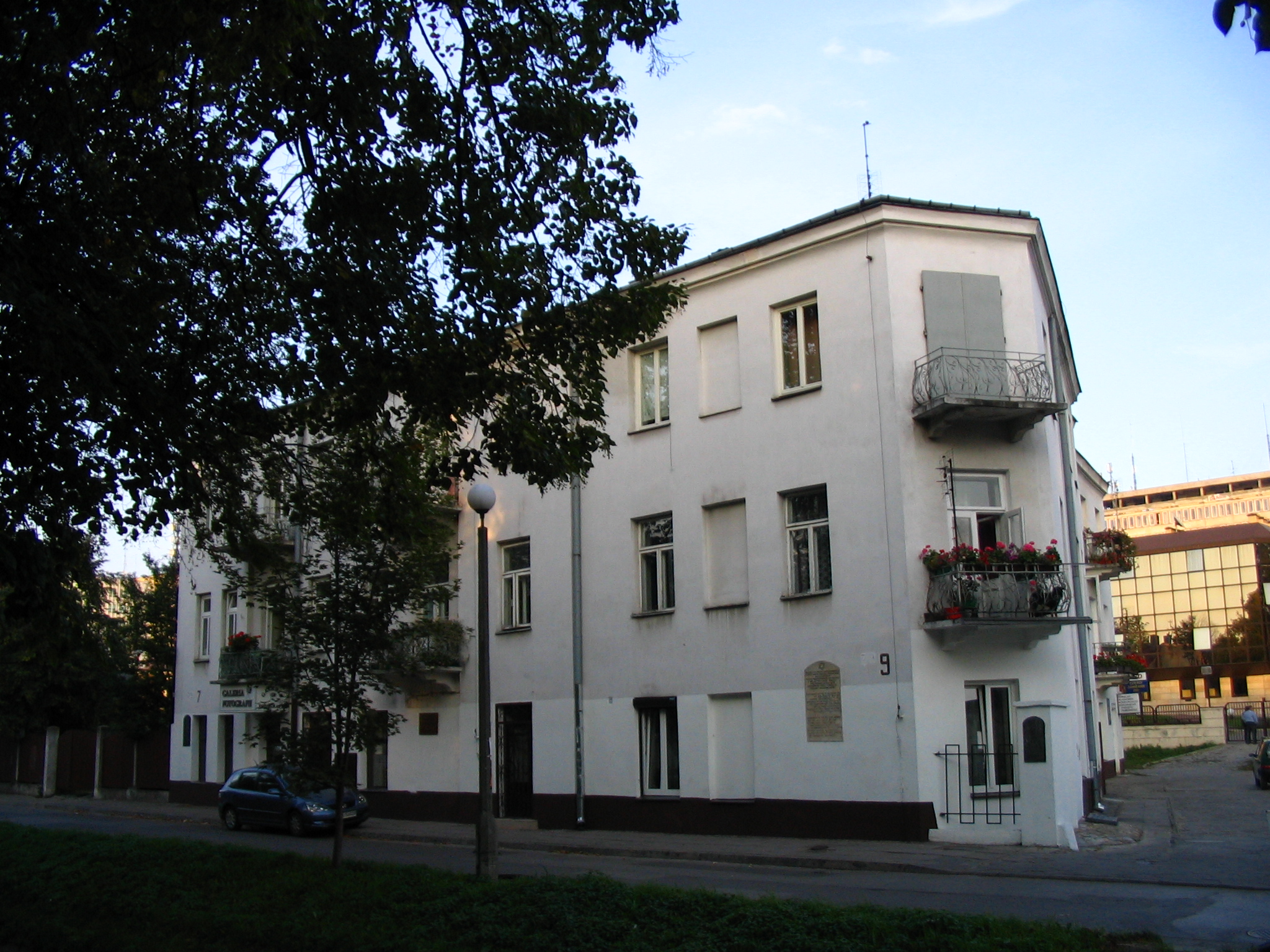The end of the first part of the Revolution – Schwechat
Fact of the Hungarian figure „Bloodless Revolution in Pest – The birth of the political nation”
Part of the „Revolutions of 1848″ topic
The Battle of Schwechat on October 30, 1848, marked a decisive turning point in the Hungarian Revolution of 1848, shifting the movement from a political reform effort into an all-out War of Independence. This battle, fought near Vienna, was the culmination of escalating tensions between the Habsburg Empire and the Hungarian reformers following the April Laws and the Hungarian Diet’s assertion of autonomy.
After the Hungarian victory at Pákozd, the retreating forces of Ban Jellacic regrouped, and the imperial court intensified its opposition to Hungarian independence. The revolutionary government in Vienna had been overthrown earlier that October, signaling a consolidation of Habsburg power under Prince Felix zu Schwarzenberg. In this context, the Hungarian army, led by General Artúr Görgei, advanced toward Vienna in an effort to support the city’s revolutionary factions and confront the growing imperial threat.
At Schwechat, Görgei’s forces clashed with the reorganized imperial army under General Windisch-Grätz. Despite their earlier successes, the Hungarian forces were ill-prepared for the scale of resistance they faced. The defeat at Schwechat forced Görgei’s army to retreat and exposed weaknesses in Hungary’s military organization and strategic planning.
The failure at Schwechat solidified the imperial court’s determination to crush Hungarian autonomy, leading to the dissolution of the Batthyány government and the Hungarian Diet’s relocation to Debrecen in early 1849. This move marked a symbolic and practical shift in the revolution, as leaders like Lajos Kossuth adopted a more defiant stance against Habsburg rule. Kossuth’s speeches rallied the nation, reframing the conflict as a freedom struggle rather than a mere dispute over constitutional rights.
Throughout late 1848 and early 1849, Hungary reorganized its forces under capable generals, including Görgei, Józef Bem, and György Klapka. The tide began to turn in Hungary’s favor during the Winter Campaign, particularly with Bem’s successes in Transylvania, where he defeated imperial and Russian troops, securing vital territories for the revolutionaries.
The escalating conflict culminated in the Declaration of Independence, issued by the Hungarian Diet in Debrecen on April 14, 1849. This bold move, orchestrated by Kossuth, formally dethroned the Habsburgs and established Hungary as a sovereign state. It represented the ideological zenith of the revolution, affirming Hungary’s commitment to national sovereignty and democratic principles.
The events following Schwechat emphasized the interconnectedness of the 1848 revolutions across Central Europe. Hungary’s struggle inspired reform movements in neighboring territories, while also drawing the ire of reactionary powers like Russia, which would later intervene to aid Austria. The transition from a political revolution to a war for independence illustrated both the resilience of the Hungarian people and the challenges posed by entrenched imperial authority.
